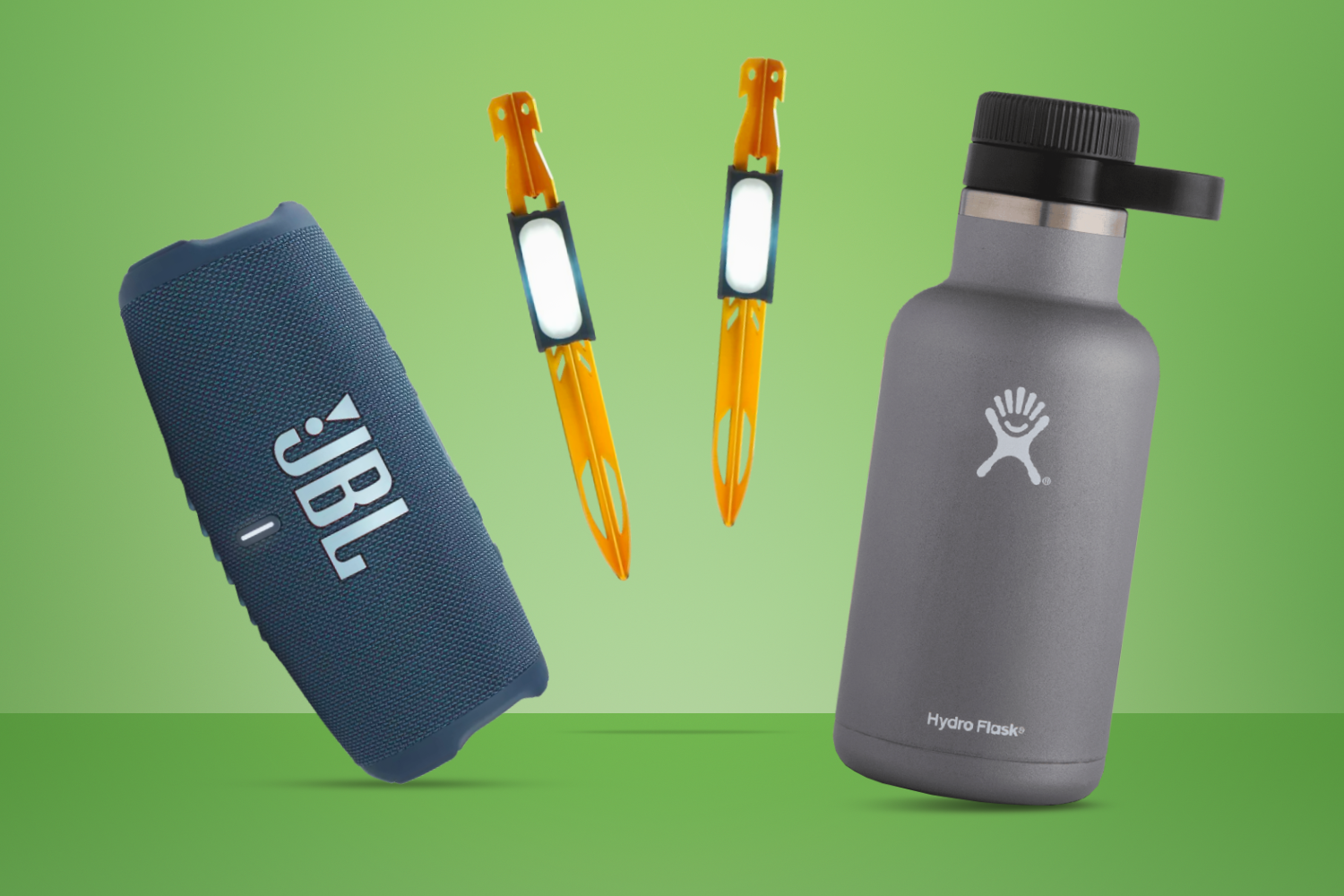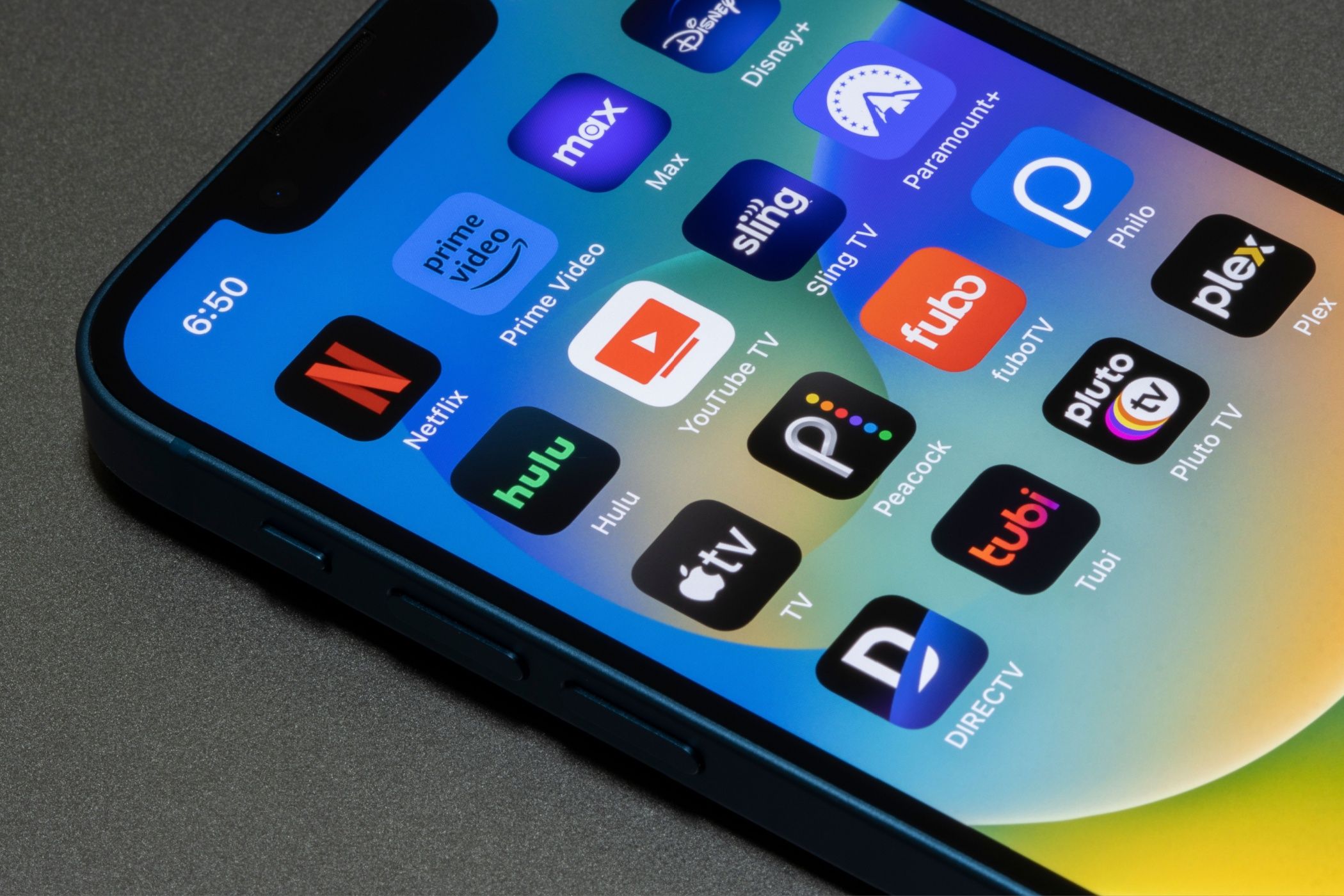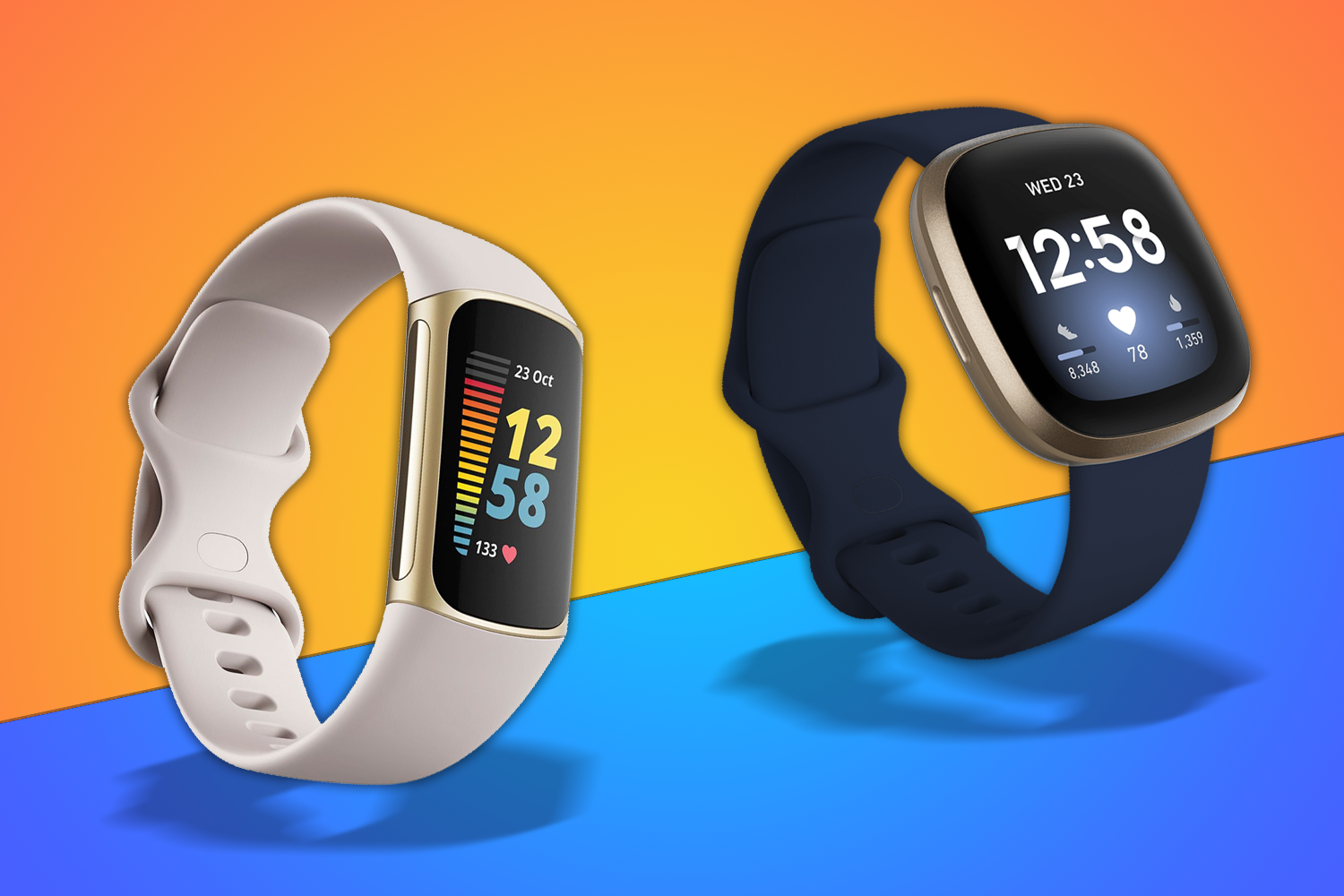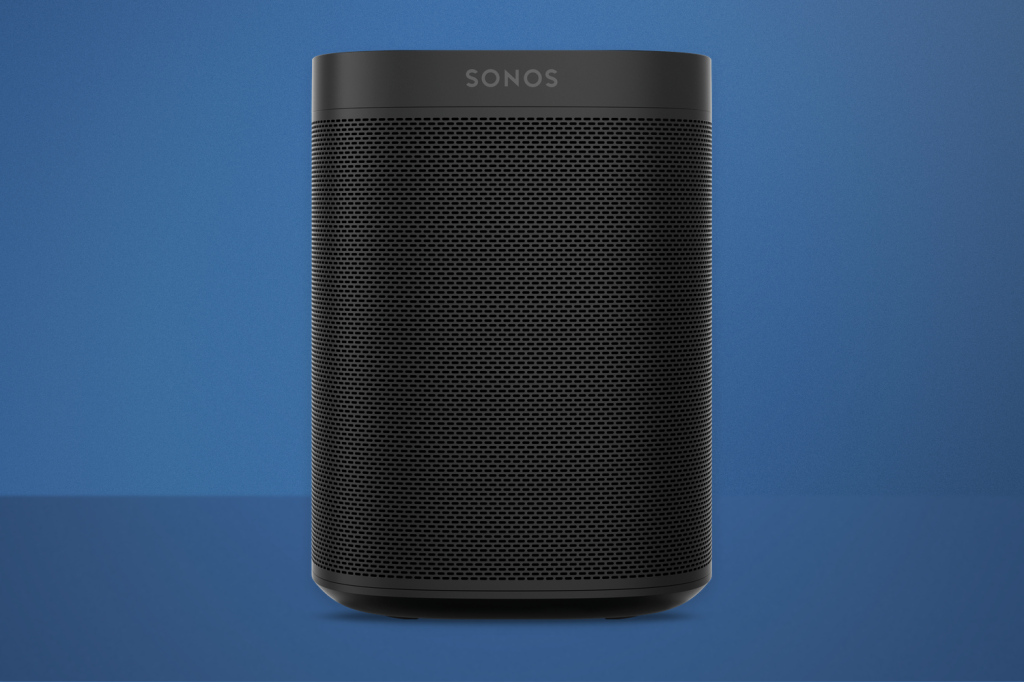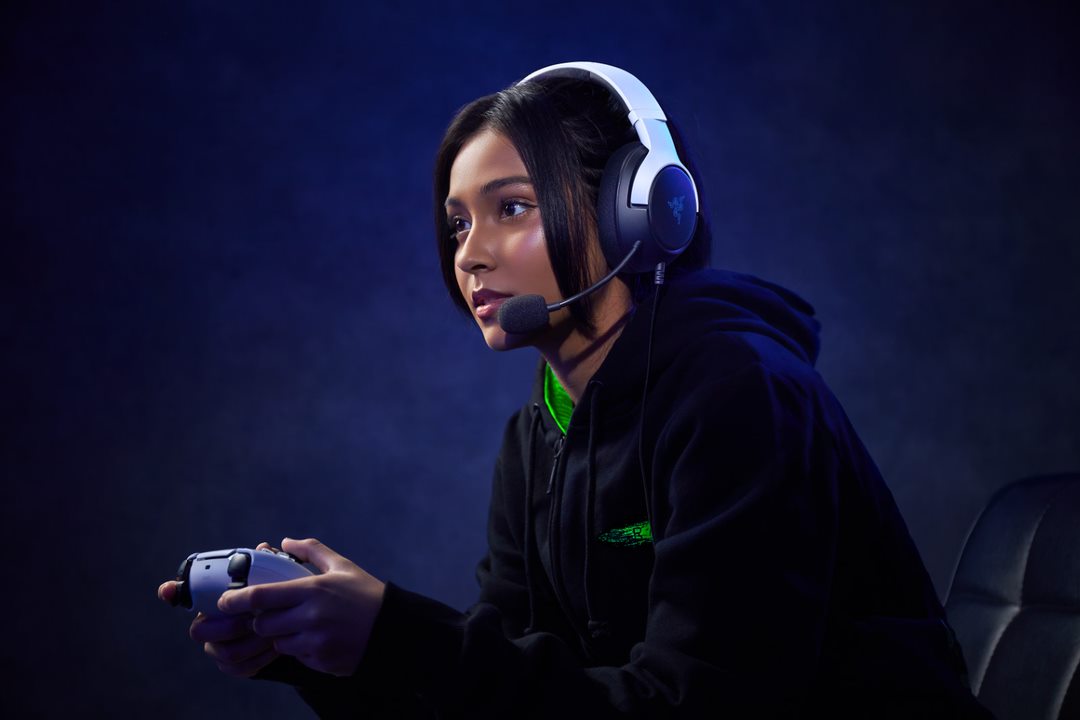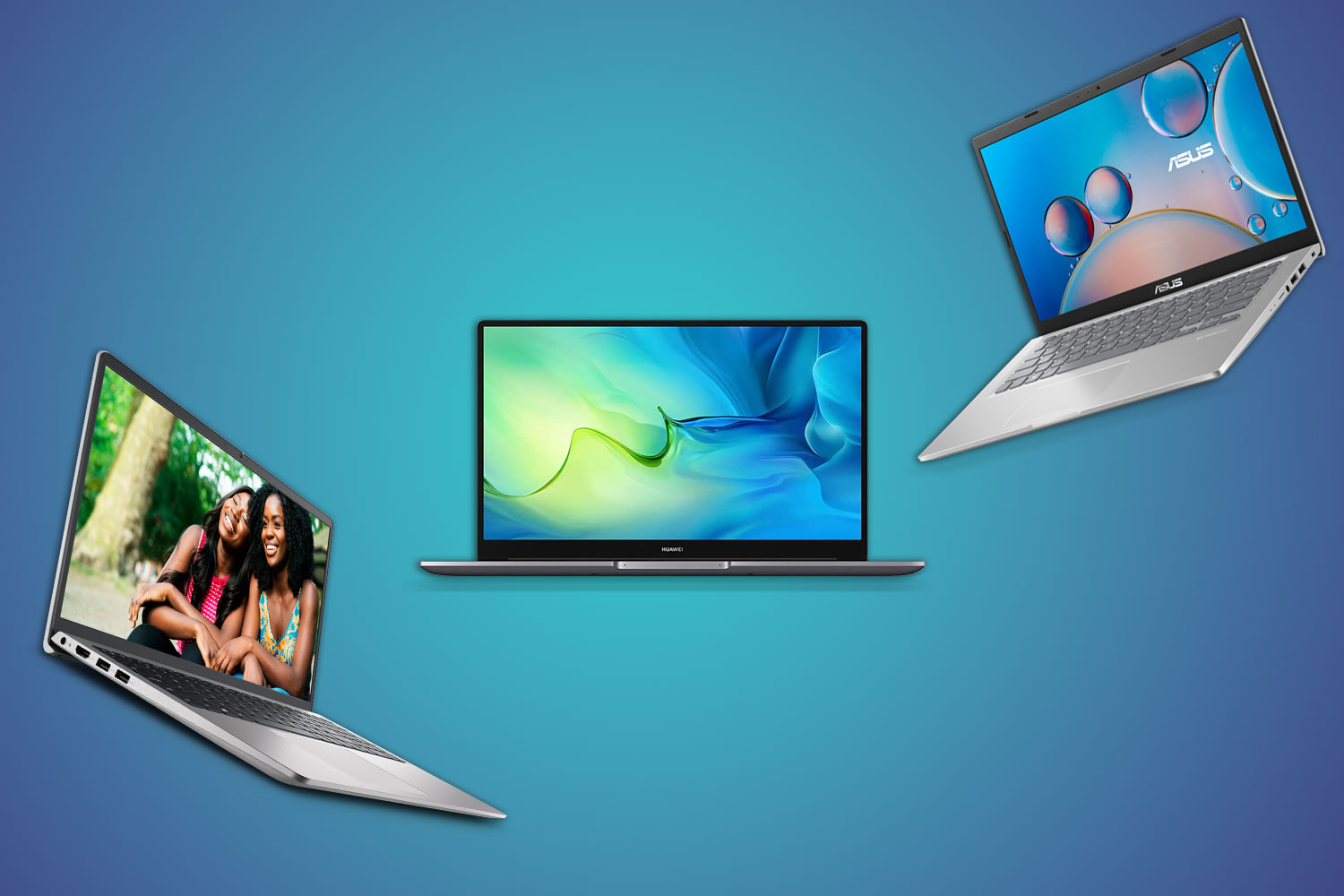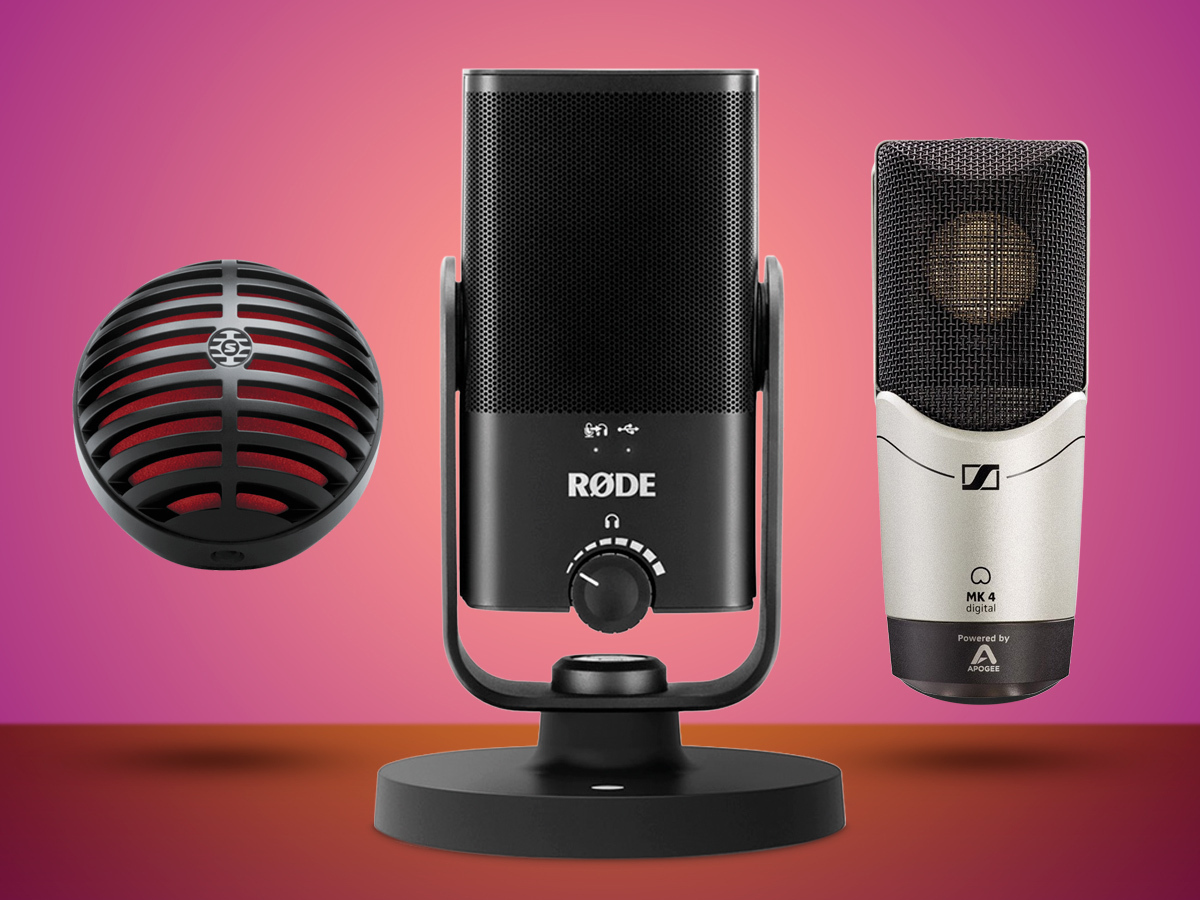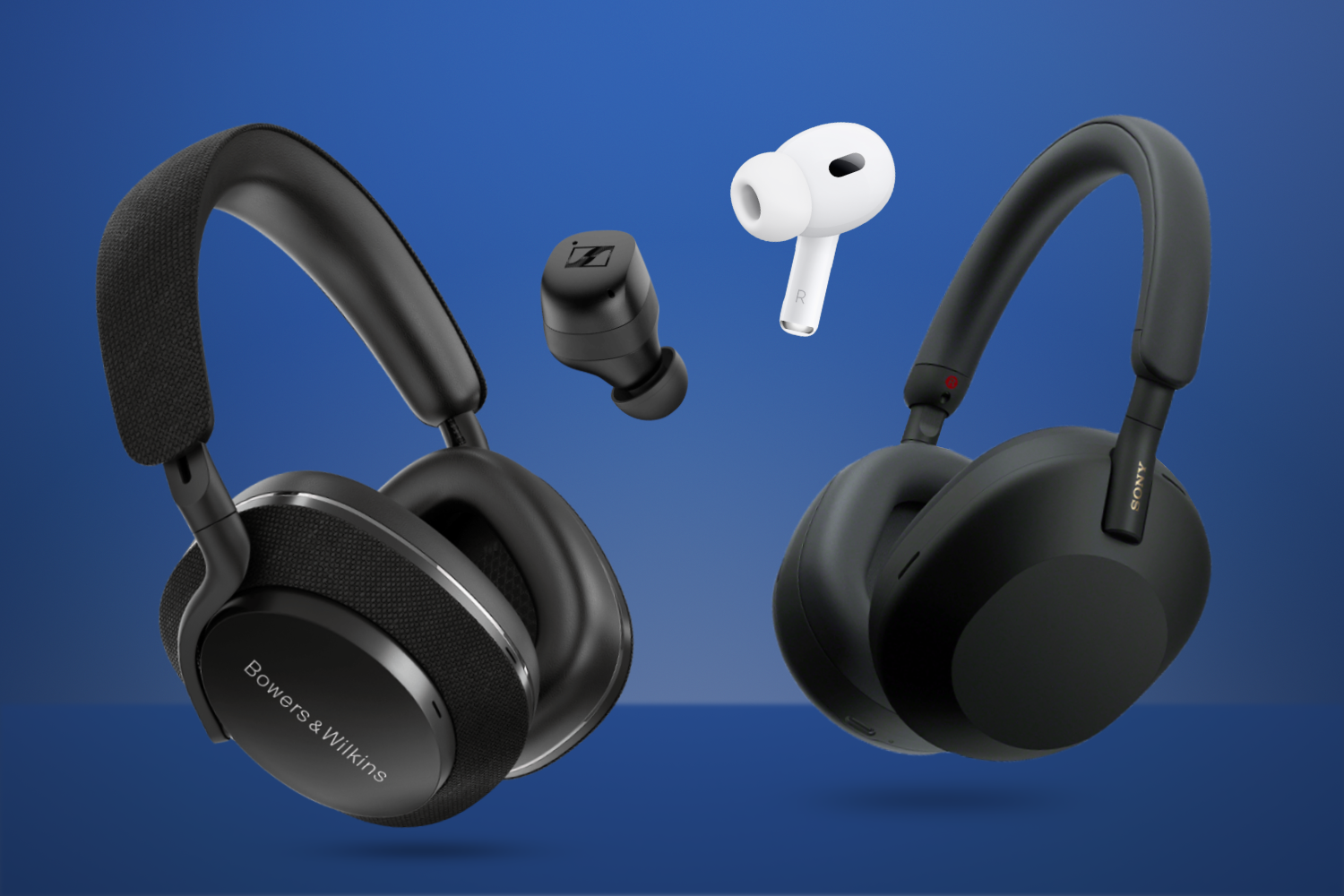Don’t feel like dropping a fat stack of notes on a fancy flagship phone? Good news: you don’t have to. With solid specs, good design and plenty of features, the best cheap phones offer outstanding value for money.
Sure, you might have to accept a couple of compromises with a cheap smartphone – think plastic shells and sub-par secondary cameras. But smartphone quality has improved so much that the best cheap phones today also benefit from brilliant screens, strong battery life and performance to put fear into the very best smartphones.
Not sure how to choose the best blower for your budget? From familiar makes to lesser-known names, the list below features our pick of the top affordable handsets – all for less than $450/£450. So whether you’re shopping for a bona fide mobile bargain or looking for a backup blower that won’t break the bank, you’ll find your ideal budget phone in our buying guide.
Why you can trust Stuff: Our team of experts rigorously test each product and provide honest, unbiased reviews to help you make informed decisions. For more details, read how we test and rate products.
Quick list: what is the best cheap phone?
The best cheap phones you can buy today:
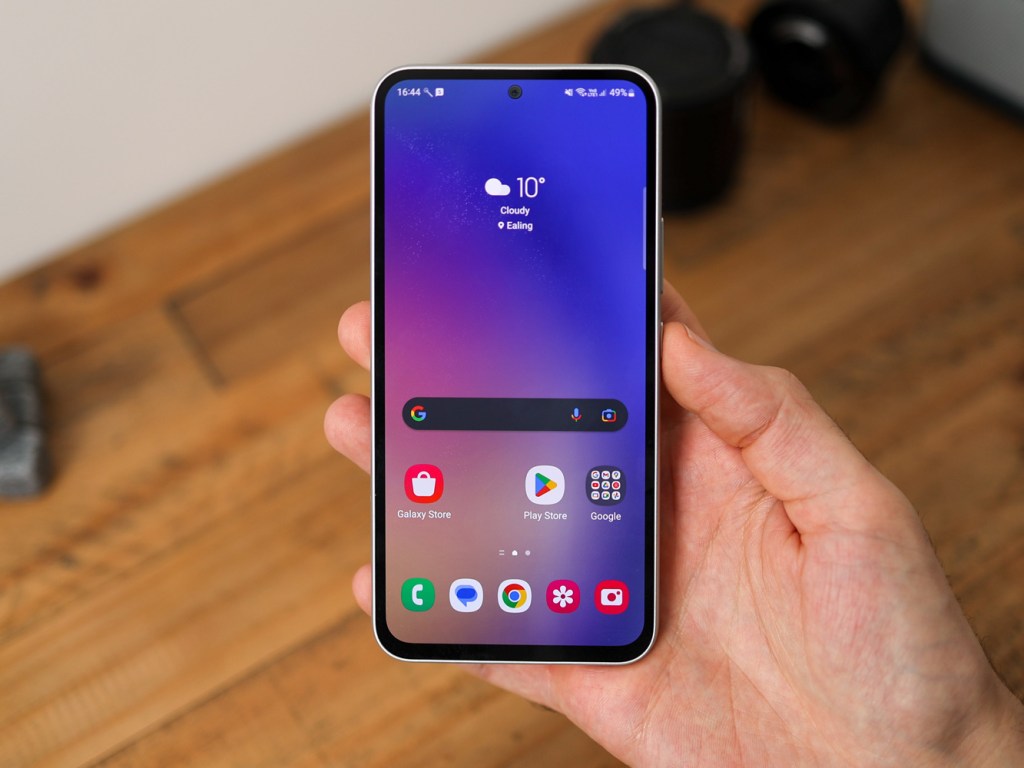
1. Samsung Galaxy A55
| Samsung Galaxy A55 specs | |
|---|---|
| Screen | 6.6in, 2340×1080 AMOLED w/ 120Hz |
| Processor | Samsung Exynos 1480 octa-core |
| Memory | 8/12GB RAM |
| Storage | 128/256GB on-board, microSD expansion |
| Cameras | 50MP, f/1.8 w/ PDAF, OIS + 12MP, f/2.2 ultrawide + 5MP, f/2.4 macro rear 32MP, f2.2 front |
| Operating system | Android 14 w/ OneUI |
| Battery | 5000mAh w/ 25W wired charging |
| Dimensions | 161x77x8.2mm, 213g |
Want the Samsung prestige without the high-end price tag? Then the A55 is a budget contender worthy of your shortlist. With a price tag well below the lofty heights of the Galaxy S24 range, this is a super affordable handset which sacrifices some flagship style and power, while still providing a solid smartphone experience.
One of its standout features during our review was its sharp, punchy screen, along with its capable multi-lens camera system, with a decent selfie camera to boot. And unlike previous A series phones (which massively disappointed on the power front), we’re pleased to report that the A55’s Exynos 1480 CPU and 8/12GB of RAM make for a far smoother experience.
Throw in reasonably fast (though far from groundbreaking) 25W charging, and you’ve got yourself a more affordable Samsung handset that provides the highly coveted Samsung-esque experience, at a far more palatable price.


2. Redmi Note 12 Pro+
| Redmi Note 13 Pro+ specs | |
|---|---|
| Screen | 6.67in, 2712×1220 AMOLED w/ 120Hz, Dolby Vision |
| Processor | MediaTek Dimensity 7200-Ultra |
| Memory | 8/12GB RAM |
| Storage | 256/512GB on-board |
| Cameras | 200MP, f/1.65 w/ OIS + 8MP, f/2.2 ultrawide + 2MP, f/2.4 macro rear 16MP front |
| Operating system | Android 13 w/ MIUI 14 |
| Battery | 5000mAh w/ 120W wired charging |
| Dimensions | 161x74x8.9mm, 204g |
In typical Redmi fashion, the Note 13 Pro+ is positively bursting with impressive hardware that you’d be hard-pressed to find in similarly-priced handsets. In this instance, we’ve got a pixel-packed 200MP main camera, which produced detailed shots in bright lighting conditions, during our in-depth review.
Another impressive feature that wipes the floor even with truly high-end flagships like the Apple iPhone 15 and Samsung Galaxy S24, is its charging speed. Namely, a full 120W charging capability that can produce a full charge in under 25 minutes. Impressive stuff.
With a more than adequate all-day battery life and sharp screen included too, there’s very little not to love about Redmi’s effort here, especially at this price. One of the best cheap smartphones you can currently buy, you won’t be disappointed if this is your top pick.


3. Poco X5 Pro 5G
| Poco X5 Pro 5G specs | |
|---|---|
| Screen | 6.67in, 2400×1080 OLED w/ 120Hz |
| Processor | Qualcomm Snapdragon 778G octa-core |
| Memory | 8/12GB RAM |
| Storage | 128/256GB |
| Cameras | Camera 108MP, f/1.9 main w/ PDAF, 8MP, f/2.2 ultrawide, 2MP f/2.4 macro. 16MP, f/2.5 front |
| Operating system | Android 12 w/ MIUI 14 |
| Battery | 5000mAh w/ 67W wired charging |
| Dimensions | 163mmx76x 7.9mm, 181g |
We’re not sure how you’ll feel about the rear plastic panel on the Poco X5 Pro 5G. A diffuse plastic affair that does well with repelling fingerprints, its style and texture weren’t exactly to our reviewer’s taste — but design is subjective.
That aside, it offers plenty of bang for your buck, with an exceptional OLED display, complete with a slick 120Hz refresh rate. While a few of its cameras aren’t really worthing shouting about, the main snapper can proudly stand on its own, with plenty and depth and detail on offer. And while we found the default processing to be a little on the over-saturated side, you can opt for more realistic results in the 108MP mode.
There’s plenty of power for gaming too, thanks to a respectable Snapdragon 778G processor and up to 8GB of RAM, with zippy 67W fast charging included for good measure. If you can get past the design (you may even love it), then this is a very capable handset that should see you in good stead for at least a few years, if not more.


4. Sony Xperia 10 IV
| Sony Xperia 10 IV specs | |
|---|---|
| Screen | 6in, 2520×1080 OLED |
| Processor | Qualcomm Snapdragon 695 octa-core |
| Memory | 6GB RAM |
| Storage | 128GB on-board, microSD expansion |
| Cameras | 12MP, f/1.8 w/ PDAF, OIS + 8MP, f/2.2 telephoto w/ PDAF, 2x optical zoom + 8MP, f/2.2 ultrawide rear. 8MP, f/2.0 front |
| Operating system | Android 12 |
| Battery | 5000mAh |
| Dimensions | 153x67x8.3mm, 161g |
Can you get cheaper, better-specced handsets than the Xperia 10 IV from the likes of Realme, Poco, Xioami and more? Yes. From screens with higher refresh rates, to faster charging and individual cameras that might perform better overall, there are no shortage of tempting alternatives worth picking up over Sony’s offering.
As with most Sony handsets though, the Xperia 10 IV fills a niche. If you’re a fan of Sony’s unique fuss-free design, more compact screen, and want amazing battery life, the Xperia 10 IV could be the phone for you. Its main camera and zoom capabilities will serve you well, though if night photography and wide-angle shots are more your bag, you’ll want to look elsewhere.
If you’re still drawn to its design and positive features after reading our review though, then chances are you won’t be disappointed.
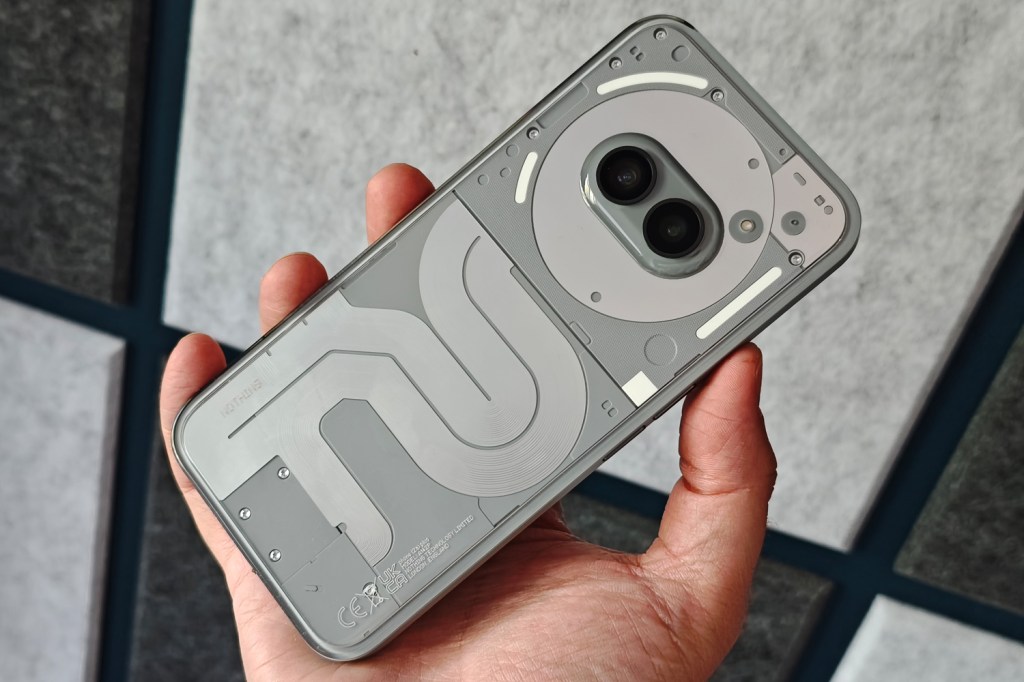

5. Nothing Phone 2a
| Nothing Phone 2a specs | |
| Screen | 6.7in, 2412×1084 AMOLED w/ 120Hz |
| CPU | MediaTek Dimensity 7200 Pro |
| Memory | 8/12GB |
| Cameras | 50MP, f/1.8 main w/ OIS + 50MP, f/2.2 ultrawide rear 32MP, f/2.2 front |
| Storage | 128/256GB |
| Operating System | Android 14 w/ NothingOS 2.5 |
| Battery | 5000mAh w/ 45W wired charging |
| Dimensions | 162x76x8.5mm, 199g |
The Nothing Phone 2a is a standout budget smartphone, offering a distilled version of the brand’s distinctive design and features at an impressive price point. For not very much money, it delivers great value, boasting a transparent polycarbonate back, simplified Glyph lights, and a solid 5000mAh battery. While the new Glyph lights may not have the same impact as on previous models, the overall design remains eye-catching and functional. Powered by MediaTek’s Dimensity 7200 Pro chip, the phone handles everyday tasks with ease, ensuring smooth performance, even during light gaming.
Its cameras, featuring dual 50MP rear lenses and a 32MP selfie cam, offer solid performance for the price, with good dynamic range and vivid colours, although it falls slightly short of pricier rivals like the Google Pixel 7a. The 6.7-inch AMOLED display is sharp and bright, though not as premium as higher-end models.
We believe the Nothing Phone 2a strikes the perfect balance between affordability and functionality, offering a minimalist Android experience with thoughtful design details. While it lacks wireless charging, the phone makes up for it with reliable performance, solid battery life, and a unique aesthetic. For budget-conscious buyers, this phone is an excellent alternative to pricier options from Google or Samsung.
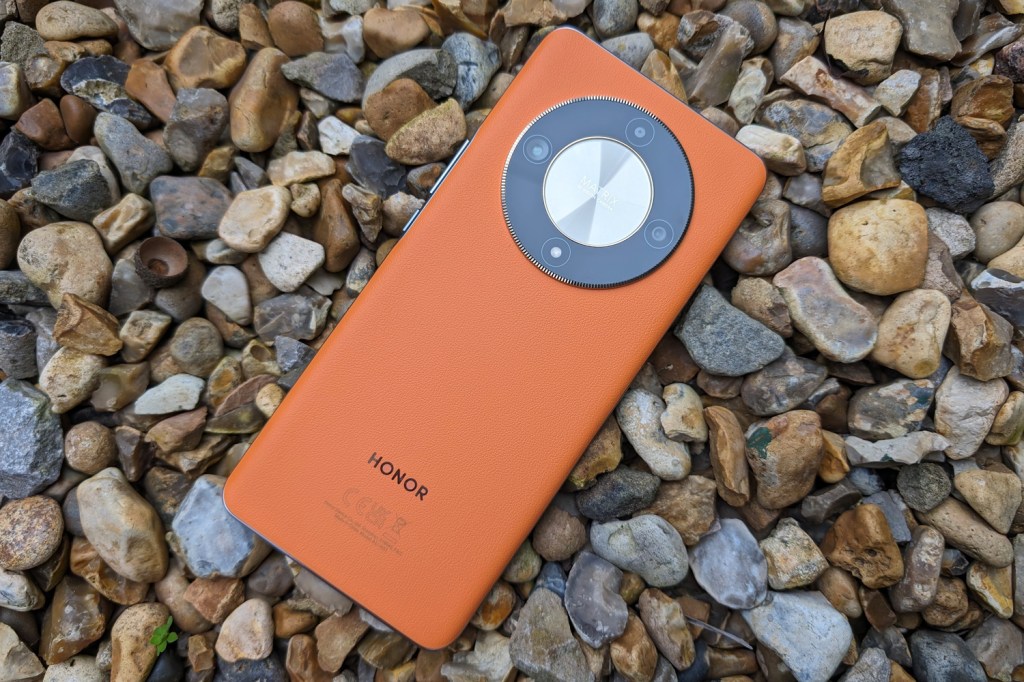

6. Honor Magic 6 Lite
| Honor Magic 6 Lite specs | |
|---|---|
| Screen | 6.78in, 2652×1200 AMOLED w/ 120Hz |
| Processor | Qualcomm Snapdragon 6 Gen 1 |
| Memory | 68GB RAM |
| Storage | 256GB on-board |
| Cameras | 108MP, f/1.8 main w/ PDAF + 5MP, f/2.2 ultrawide + 2MP, f/2.4 macro rear 16MP, f/2.5 front |
| Operating system | Android 13 w/ MagicUI |
| Battery | 5300mAh w/ 35W wired charging |
| Dimensions | 164x76x8mm, 185g |
The Honor Magic 6 Lite is an attractive budget smartphone that stands out due to its premium design, solid battery life, and capable main camera. It offers excellent value for money, undercutting rivals like the Google Pixel 7a. Honor has once again delivered a phone that looks and feels more expensive than it is, with a sleek design, curved-edge glass, and a sturdy build. The vegan leather finish in Sunrise Orange adds an extra touch of style, while the SGS-certified drop protection ensures durability.
The phone’s 108MP main camera is a standout feature, producing detailed and vibrant photos, although the 2MP macro and 5MP ultrawide lenses are less impressive. The 6.78-inch AMOLED screen offers vibrant colours, a dynamic 120Hz refresh rate, and 1200 nits of brightness, making it great for multimedia use.
However, the phone’s Snapdragon 6 Gen 1 chipset is geared more toward efficiency than high performance, so it may not be ideal for heavy gaming. Battery life is one of its strengths, with a massive 5300mAh battery easily lasting through a full day of use, and 35W wired charging provides a quick boost.
Despite running Android 13, the two-year update commitment feels limited in comparison to other brands. Overall, the Honor Magic 6 Lite is an excellent choice for budget-conscious buyers seeking style and solid performance.
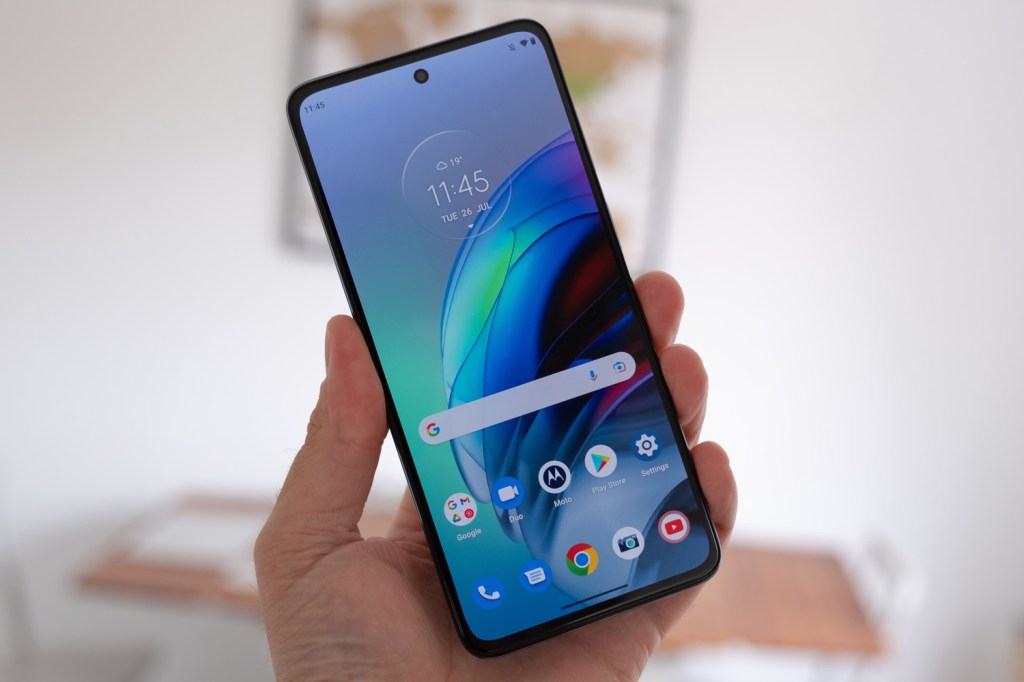

7. Motorola Moto G82
| Motorola Moto G82 specs | |
|---|---|
| Screen | 6.6in, 2400×1080 AMOLED w/ 120Hz refresh rate |
| Processor | Qualcomm Snapdragon 695 octa-core |
| Memory | 6GB RAM |
| Storage | 128GB on-board |
| Cameras | 50MP f/1.8 w/ PDAF, OIS + 8MP, f/2.2 ultrawide + 2MP, f/2.4 macro rear. 16MP, f/2.2 front |
| Operating system | Android 12 |
| Battery | 5000mAh non-removable |
| Dimensions | 161x75x8mm, 173g |
The Motorola Moto G82 is a budget-friendly smartphone offering impressive features for under US$350/£300. Its standout feature is a 120Hz OLED display, delivering smooth visuals and vibrant colours. We appreciate this inclusion at such an affordable price, especially since it competes with higher-end models. The phone’s 5000mAh battery provides excellent longevity, easily lasting over a day with moderate to heavy use. Charging is quick, thanks to the 30W adapter bundled in the box.
Performance-wise, the Snapdragon 695 CPU and 6GB RAM deliver respectable speed, although the phone may lag behind slightly when multitasking or running high-demand games. While it’s not the fastest in its price range, the Moto G82 is sufficient for everyday tasks. The 50MP main camera, equipped with optical image stabilisation, captures clear and vibrant photos, even challenging some pricier phones. However, the macro lens doesn’t add much value, and the lack of 4K video recording feels like a miss.
We believe the Moto G82 is an excellent all-rounder for those prioritising a great display, long battery life, and a solid camera, but performance-focused users might consider slightly more powerful alternatives. Overall, it’s a smart choice for its price range.


8. Nokia G60
| Nokia G60 specs | |
|---|---|
| Screen | 6.58in, 2400×1080 LCD w/120Hz refresh rate |
| Processor | Qualcomm Snapdragon 695 |
| Memory | 4/6GB RAM |
| Storage | 64/128GB on-board |
| Cameras | 50MP, f/1.8 main + 5MP, f/2.0 ultrawide + 2MP, f/2.4 depth rear. 8MP, f/2.0 front |
| Operating system | Android 12 |
| Battery | 4500mAh |
| Dimensions | 166x76x8.6mm, 190g |
The Nokia G60 5G is an eco-conscious, budget-friendly smartphone that balances affordability with sustainability. Made with 60% recycled plastic, it aligns with Nokia’s Circular service, which encourages users to keep their phones longer and rewards them for doing so by contributing to environmental and humanitarian causes. This sustainability-focused model is built solidly, with a 6.58-inch LCD screen and a smooth 120Hz refresh rate, although it lacks the sharpness and brightness of OLED competitors.
In terms of performance, the Snapdragon 695 processor handles everyday tasks efficiently, though it falls short for heavy gaming. Its 50MP main camera is solid, but the secondary cameras underwhelm, especially in low-light conditions. Battery life is decent, and while it doesn’t support wireless charging, it offers 20W charging via USB-C.
We appreciate Nokia’s effort toward greener tech, even if their Circular plan feels more like a starting point than a revolution. For environmentally-conscious users, this phone’s eco-friendly features may provide a compelling edge over competitors like the Motorola G82. However, for those focused purely on specs, better displays and camera systems are available at similar price points. Overall, it’s a well-rounded option that adds value through its sustainability.
It helps that Nokia has committed to Android One: the G50 ships with an OS free from CPU-sapping bloatware. It also benefits from a beefy 5000mAh battery that can comfortably last a day and a half between charges. Handy, even if the sizeable cell means the G50 is a weighty thing at 220g.
How to buy the best cheap phone
Being at the lower end of the market means you’ll have to make some compromises, but as we mentioned in the introduction, affordable smartphones are much better than they used to be (so you won’t be getting an unusable slab).
One of the biggest differences you’ll notice between the best cheap phones and more premium models is the build quality. While you won’t be getting a device crafted from glossy glass and aluminium, we’ve made sure to select phones made from durable materials and with solid construction.
The display is one of the most important aspects to focus on, as it’s the thing you’ll be looking at and interacting with the most. Cheaper phones used to have lower-resolution displays, lower brightness levels, or limited colour accuracy, but the phones included in our list have OLED panels, high refresh rates and bezel-less displays – it’s very refreshing to see.
If you take lots of pictures with your phone, then the camera is a key feature to look at. Cheap phones often compromise on the camera – you won’t be getting a quadruple camera system or superzoom lenses here, but you can get a decent main and selfie camera.
You’ll want a smartphone from a manufacturer that provides regular software updates, which can be important for security and functionality, as well as a software experience that is relatively unmodified for a better user experience.
We’ve recommended phones with decent enough processor performance and RAM to handle your day-to-day tasks (and even some capable of gaming).
If you’re looking for something a little more expensive, then you can check out Stuff’s guide to the best mid-range phones, which are priced between $450/£450 to $650/£650.
Are cheap phones secure?
The security of cheap phones varies widely based on brand, model, and manufacturer practices. Reputable brands like Samsung, Xiaomi, and Motorola often provide regular security updates for their budget models, though not as promptly as for their flagship phones. However, very cheap phones or those from lesser-known brands may lack consistent updates, leaving them vulnerable to security threats.
Most cheap phones run on Android, and older versions may not receive timely security patches from Google. Some budget phones come with pre-installed apps, or bloatware, which can pose security risks if not regularly updated. Additionally, hardware security features like fingerprint sensors and facial recognition are common but vary in reliability.
Google Play Protect helps safeguard most Android phones by scanning for harmful apps, but downloading from third-party app stores increases malware risk.
Now read about the best upcoming smartphones.

